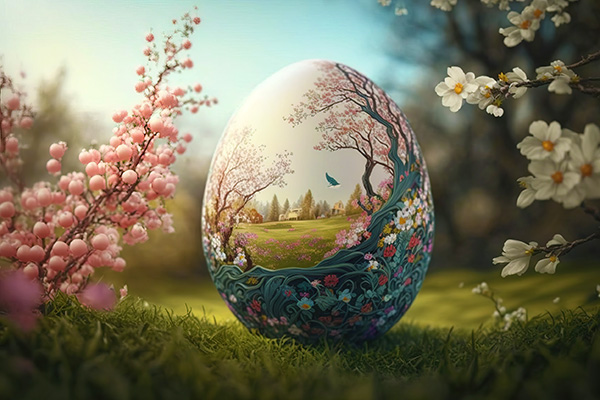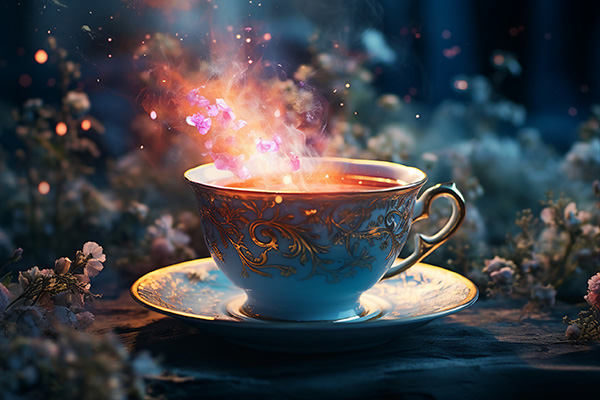ancient china
The Vibrational Alchemy Of Crystal-Infused Water
 I love using crystal water as part of my spiritual practice. Crystal-infused water is an alchemical elixir for harmonizing the body, mind, and spirit.
I love using crystal water as part of my spiritual practice. Crystal-infused water is an alchemical elixir for harmonizing the body, mind, and spirit.
Using the vibrational properties of crystals, this practice involves infusing water with the subtle energies emitted by carefully selected crystals and gemstones. Drinking crystal water is a powerful healing tool and wonderful for maintaining holistic balance and inner harmony.
I like to drink crystal water only once a week. I do not want to interfere with the body’s energetics every day. This is also a great way to get more water into your body and hydrate.
The use of crystals for healing and spiritual purposes dates back thousands of years, originating in the ancient civilizations, such as Egypt, Greece and China. These cultures believed in the energetic properties of crystals and used them for various purposes, including healing, protection, and spiritual connection.
While there is limited historical documentation that specifically mentions crystal-infused water in ancient traditions, it is evident that the ancients held a deep reverence for both crystals and water in their spiritual, healing, and ceremonial practices. Over time, as the awareness of the metaphysical properties of crystals evolved in modern times, the practice of immersing crystals in water for drinking emerged.
Revitalize Your Life With A Spiritual Spring Clean
 The spring season is upon us and with it comes a fresh energy of renewal and rebirth.
The spring season is upon us and with it comes a fresh energy of renewal and rebirth.
Very often at this time of year people do a “spring cleaning” of their homes and workspaces, and for good reason. On a spiritual level, we have been moved by the powerful influence of this vibrant seasonal energy since the beginning of time.
As the light of the sun returns and the air begins to warm, we feel on a deep level the cycle of rebirth and the return of fertility to the earth that sustains us, just as our ancestors did through the ages. It inspires us to make room in our lives for this invigorating energy of renewal.
The ancients held the spring in high regard, attributing significant spiritual and symbolic meanings to the season. Although beliefs varied across different cultures, they mostly centered around themes of renewal, fertility, rebirth, and celebration.
In Ancient Egypt, for example, spring was closely associated with the annual flooding of the Nile, which brought fertile silt to the fields. The Egyptians celebrated the festival of Sham el-Nessim, marking the beginning of spring, which was believed to bring rejuvenation and health.
A Beginner’s Guide To Tasseography
 Tasseography is the ancient, yet little known, art of tea-leaf divination. As a little girl in the 1960s, I was fascinated to learn that the patterns of tea leaves at the bottom of my teacup had special meanings, so much so that I asked my mother never to use the tea strainer again!
Tasseography is the ancient, yet little known, art of tea-leaf divination. As a little girl in the 1960s, I was fascinated to learn that the patterns of tea leaves at the bottom of my teacup had special meanings, so much so that I asked my mother never to use the tea strainer again!
Tasseography, also known as tasseomancy or tealeaf reading, is a form of divination or fortune-telling that involves interpreting patterns formed by tea leaves or coffee grounds left in a cup. The practice has ancient roots and can be traced back to various cultures and regions, but it originated in ancient China, where tea was first cultivated.
Tasseography also has ties to Middle Eastern cultures, particularly in the Ottoman Empire. The practice spread through trade routes and cultural exchanges. In the Middle East, coffee grounds were often used for divination, and the leftover grounds would be interpreted for insights into the future.
Tasseography gained popularity in Europe in the 17th century, particularly during the Victorian era when tea became a fashionable beverage. It is also associated with the Romani people, who incorporated tea leaf reading into their traditions. As the Roma traveled and interacted with different cultures, the practice spread.
The True Value Of The Psychic Pathfinder
 Psychics, mediums, channelers, and prophets have been around as wayshowers or pathfinders since the beginning of time, offering insight, guidance, and predictions to those seeking divine answers to their most pressing questions.
Psychics, mediums, channelers, and prophets have been around as wayshowers or pathfinders since the beginning of time, offering insight, guidance, and predictions to those seeking divine answers to their most pressing questions.
The earliest historical records of people with psychic abilities can be traced back to ancient Egypt, Greece, and China.
One of the most famous psychics of all time was the Oracle of Delphi in ancient Greece. She was a priestess at the Sanctuary of Apollo in Delphi and was known for her ability to channel prophecies. She would enter a trance-like state and utter divine messages and predictions. These prophecies were often sought by kings, generals, and wealthy community leaders seeking guidance or insight.
In ancient Egypt, pharaohs consulted psychic oracles and mediums for advice on matters of state and personal affairs. They also employed soothsayers who practiced various rituals and divination techniques to access divine wisdom and foresight.
In ancient China, divination and psychic practices were deeply embedded in the culture. Oracle bones, inscribed with symbols and used for divination, have been unearthed at ancient sites. Soothsayers, known as fangshi, offered their services to those seeking guidance and insight.